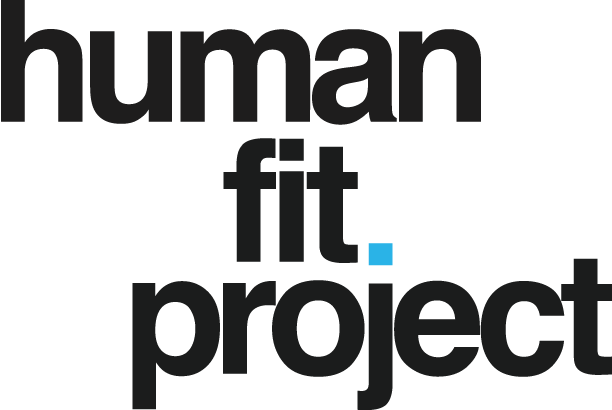In our continuous quest for physical well-being, somatic exercise emerges as a compelling alternative to traditional physical therapies. Unlike conventional methods that often focus on direct manipulation or strenuous physical exertion, somatic exercise emphasizes internal awareness and the subtle engagement of muscles to relieve tension and chronic pain. It’s akin to yoga but with a freer flow, tailored to what the body feels it needs rather than following a strict sequence. For anyone who has tried everything from physical therapy to medications without satisfactory relief, somatic exercise might just be the worthwhile exploration you’re looking for.
Related: Practice strategies to managing stress
Understanding Somatic Exercise
Somatic exercises are a unique approach to fitness and healing, focusing less on vigorous movements and more on the internal experience of motion. Originating from the field of somatic psychology, these exercises emphasize body awareness and the connection between the mind and the body, aiming to release tension and improve physical alignment by engaging the body’s proprioceptive senses.
For those like myself who have struggled with chronic pain—in areas such as the hips, glutes, and pelvic floor—somatic exercises offer a promising solution. By modifying traditional physical therapy stretches and yoga poses to suit individual needs, I’ve discovered movements that significantly alleviate discomfort and enhance mobility. This method highlights the personal adaptability of somatic exercises, making them suitable for various needs and fitness levels.
The Benefits of Somatic Exercise
The benefits of incorporating somatic exercises into your routine extend beyond mere physical relief; they also offer significant mental and emotional reprieve. Practitioners often report a heightened sense of calm, a “lightness” that pervades both body and spirit, and a decrease in the habitual fight-or-flight response that so many of us find ourselves trapped in due to modern stressors. Regular engagement in somatic exercises can improve sleep, reduce anxiety, and foster a deeper connection to one’s body.
Incorporating Somatic Exercise Into Your Routine
Adopting somatic exercises into your daily life can be straightforward and profoundly beneficial:
- Mindful Breathing: Focus on deep, intentional breaths to help center your mind and connect with your body. Visualize the breath traveling from your head to your toes, illuminating areas of tension.
- Body Scanning: Progress slowly through each body part, from fingertips to shoulders to toes, noting any sensations and gently addressing areas of discomfort with mindful movement.
- Gentle Stretching with Intention: In poses like a forward fold, explore areas of tension. Instead of pushing through, breathe into these areas and allow them to release at their own pace.
- Dynamic Movement Exploration: Allow yourself the freedom to adjust movements like arm circles or hip rotations based on what feels good each day, encouraging a playful and responsive approach to physical activity.
- Mindful Walking: Turn ordinary walks into somatic exercises by paying close attention to the sensations in your body with each step.
Conclusion
Somatic exercise represents a paradigm shift from traditional exercise routines focused on external outcomes like muscle gain or weight loss. It encourages a harmonious dialogue between mind and body, promoting healing from within. As we continue to navigate the complexities of modern health, somatic exercises stand out as a gentle yet powerful tool to enhance our physical and mental well-being, proving that sometimes, the best way to move forward is by tuning in.
